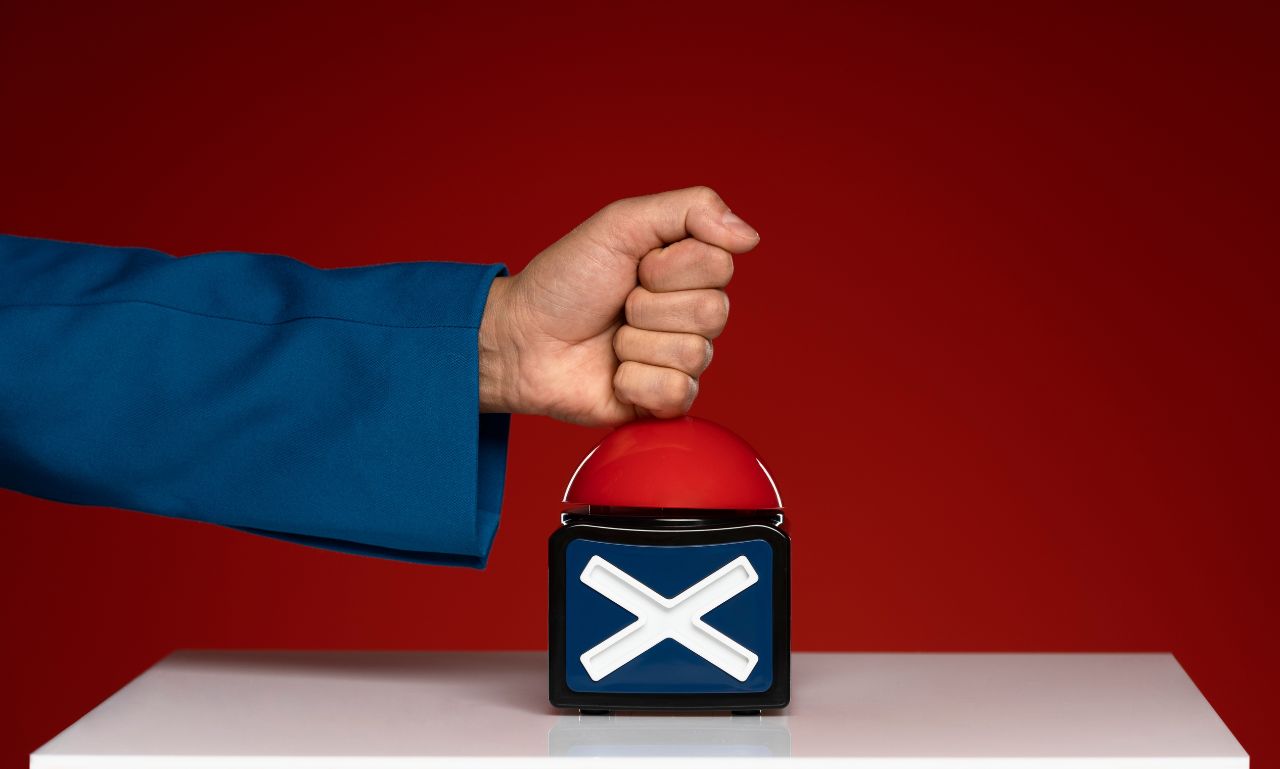As digital platforms for managing bills become more popular, one name that often surfaces with mixed feedback is Doxo. While Doxo markets itself as a convenient online bill payment service, there have been recurring Doxo warnings from utility companies, financial institutions, and customers. This article explores these warnings, what they mean for consumers, and how to avoid potential pitfalls while managing bills online.
What Is Doxo?
Doxo is a third-party bill payment service that allows users to pay bills to various service providers through a single online dashboard. It supports payment to companies like:
-
Utility providers
-
Insurance firms
-
Credit card companies
-
Government agencies
Although Doxo offers convenience and centralization, not all service providers officially partner with Doxo. This leads to confusion and, in some cases, billing delays or additional fees.
Doxo Warning: Why Service Providers Are Concerned
Many organizations have issued a Doxo warning on their websites or billing statements. These alerts often state that:
-
They are not affiliated with Doxo.
-
Doxo may charge unauthorized fees.
-
Payments through Doxo may cause processing delays.
Common Issues Reported
-
Late Fees and Disconnections
Payments made through Doxo can take longer to process than direct payments, leading to service interruptions. -
Unexpected Fees
Doxo sometimes charges a service fee, which is not always made clear upfront. -
Brand Confusion
Doxo uses the company’s name and logo in a way that may mislead customers into thinking they’re on the official site. -
Customer Service Disputes
If there’s a payment issue, the official service provider may not be able to help since the transaction was through a third party.
Why Do Consumers Use Doxo?
Despite the Doxo warnings, many people continue to use it for several reasons:
-
Consolidated Dashboard: View and pay all your bills in one place.
-
Payment Tracking: Get email confirmations and historical data on transactions.
-
Mobile Access: Manage bills via smartphone apps.
These features can be helpful, especially for users with multiple monthly obligations. However, the tradeoff often involves less control and potential risks.
How to Identify a Doxo Warning
To protect yourself, be alert for the following signs:
1. Website Redirections
If you search for your utility provider and end up on Doxo’s website via a paid ad, you may be misled into thinking it’s official.
2. Payment Confirmation Emails
Always verify that your payment confirmation comes from the service provider’s domain, not Doxo.com.
3. Official Alerts
Visit the “Pay My Bill” or “Customer Alerts” sections of your provider’s website. If they’ve posted a Doxo warning, it will usually be there.
Alternatives to Using Doxo
If your provider has issued a Doxo warning, consider these safer options:
1. Use the Official Website
The most secure way to pay your bill is through the service provider’s official site.
2. Set Up Direct Bank Payments
Use your bank’s online bill pay service, which often includes guaranteed delivery times and no extra fees.
3. Use a Mobile App
Many service providers offer secure mobile apps for billing. These typically have direct connections to your account.
Is Doxo a Scam?
Technically, Doxo is not a scam. It is a legitimate business with valid services. However, the issues arise due to lack of transparency and indirect relationships with companies. The risks include:
-
Payment delays
-
Fee miscommunication
-
Misleading branding
These risks are enough for many organizations to issue a formal Doxo warning and urge their customers to avoid the platform.
Companies That Have Issued Doxo Warnings
Here are some real-world examples of providers that have issued Doxo warnings:
-
City Utilities (Springfield, MO): Warns that payments through Doxo can result in delays and late fees.
-
Public Utility Districts: Many small and regional power companies ask customers to avoid Doxo entirely.
-
Water Districts: Numerous local districts stress using only the official website for payments.
Tips for Secure Online Bill Payment
To avoid falling into the Doxo trap, follow these security practices:
1. Bookmark Official URLs
Always go directly to your provider’s domain instead of clicking on search ads.
2. Double-Check Logos and Branding
Imitation websites may look identical to the real ones. Check the URL closely.
3. Use Credit Over Debit
Credit cards often offer better protection in cases of disputes or fraud.
4. Read the Fine Print
If using any third-party service, review the fees and terms before authorizing payment.
Doxo’s Response to the Criticism
Doxo claims that it provides a helpful service to consumers and that companies can opt out of its listings if desired. However, critics argue that:
-
Opt-out mechanisms are not sufficient.
-
More transparency is needed in fees and delivery times.
-
Consumers need clearer warnings before submitting payments.
Final Verdict on the Doxo Warning
While Doxo may work well for some users, the risks outlined in multiple Doxo warnings cannot be ignored. If your utility or service provider does not explicitly support Doxo, using the platform may result in:
-
Payment issues
-
Extra charges
-
Customer service headaches
Conclusion: Be Cautious and Informed
Doxo is not inherently malicious, but the widespread Doxo warnings suggest that consumers must exercise extra caution. Before paying any bill through a third-party platform:
-
Confirm your provider supports it.
-
Understand all associated fees.
-
Monitor the status of your payment.
For maximum peace of mind, use only the official channels provided by your service provider. This ensures timely delivery, no hidden charges, and full support in case of any issue.
